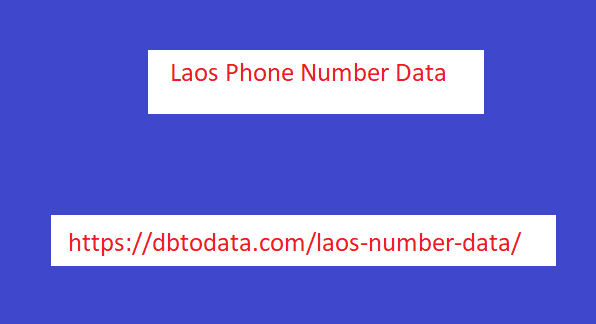|
|
本帖最後由 Nishat987 於 2024-5-19 11:57 編輯
Last year, state policymakers unveiled a bold plan to improve early literacy in Ohio. The centerpiece of that plan is the science of reading, a research-based instructional approach that emphasizes phonics and knowledge building. Given the intense focus on what's new and different about these reforms, one might assume that Ohio's Third Grade Reading Guarantee—passed more than a decade ago—is a thing of the past. But that's not the case. The guarantee's controversial retention requirement was unfortunately watered down, but many of its other provisions remain in place.
One such provision requires districts and charter schools Laos Phone Number Data that meet certain criteria to submit a Reading Achievement Plan (RAP) to the state . As the name suggests, a RAP focuses on student achievement in reading, and must include analysis of student data and measurable performance goals. Last year, the Department of Education and Workforce (DEW) released a list of districts and charter schools that were required to submit a new RAP to the state by December 31.

As of this writing, DEW's website also contains RAPs from the 2018–19 school year. Quite a bit happened between 2018 and 2023, namely a once-in-a-generation pandemic that had massive impacts on student achievement. But that's exactly why comparing a district's 2018 RAP to its updated 2023 plan is a useful exercise for state leaders. In each plan, districts and schools were required to identify any internal or external factors that they believed contributed to underachievement in reading. Factors that persisted through—or worsened during—the pandemic should be considered potential threats to Ohio's latest early literacy initiative.
|
本帖子中包含更多資源
您需要 登錄 才可以下載或查看,沒有帳號?立即註冊
x
|